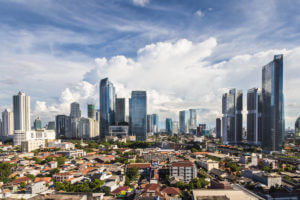Quick look
- May NY World Sugar #11 and London ICE white sugar saw fluctuations, with recent closings indicating market volatility.
- A significant rally in sugar prices was observed, attributed to short-covering and various supportive factors.
- Brazil’s surging sugar production contrasts with reduced output in India and Thailand, influencing global supply dynamics.
- The International Sugar Organization adjusted the global sugar deficit estimate upwards, indicating tighter global supplies.
- El Nino weather conditions and policy decisions in major producing countries impact sugar production and export strategies.
Recent trading sessions witnessed notable movements in the sugar market. Specifically, May NY world sugar #11 and May London ICE white sugar experienced gains, reflecting a rebound from previous lows. These fluctuations highlight the market’s sensitivity to supply and demand dynamics, influenced by climatic conditions and policy changes across key producing regions.
Brazil’s Output Hike Alters Global Sugar Dynamics
Brazil, the world’s largest sugar producer, reported a significant increase in sugar output. This surge is primarily due to more sugarcane being allocated for sugar production over ethanol, a shift reflecting market responses to global demand patterns. Despite this increase, the Brazilian real’s strength was counterbalanced, impacting export competitiveness and underscoring the intricate relationship between currency movements and commodity trading.
Challenges and Adjustments in Global Sugar Supply
The global sugar supply is undergoing notable shifts. Specifically, the International Sugar Organization’s revised deficit estimates reflect concerns. These concerns are about tight global supplies. They are influenced by varying factors. For instance, there’s reduced production in India and Thailand. Additionally, there are adjustments in export policies. India’s monsoon shortfall led to subsequent export restrictions. Similarly, Thailand experienced a drought-induced production drop. Together, these issues highlight the vulnerabilities of sugar supply. They show how environmental and policy variables can impact supply.
Climate’s Role in Shaping Sugar Production
Environmental factors, particularly the El Nino weather phenomenon, significantly shape sugar production outcomes. The associated weather patterns, bringing heavy rains and droughts to different parts of the world, directly affect sugarcane yields and production volumes. These conditions, alongside policy responses to ensure domestic supply security, underscore the interconnectedness of climatic events and global sugar market dynamics.
Future Outlook and Market Predictions
Looking ahead, projections from the USDA and other organizations suggest a complex interplay of factors influencing the sugar market. While global production is expected to rise, consumption patterns and stock levels present a nuanced supply and demand picture. The ongoing adjustments in major sugar-producing countries and environmental impacts will continue to shape the market landscape, offering both challenges and opportunities for stakeholders.











